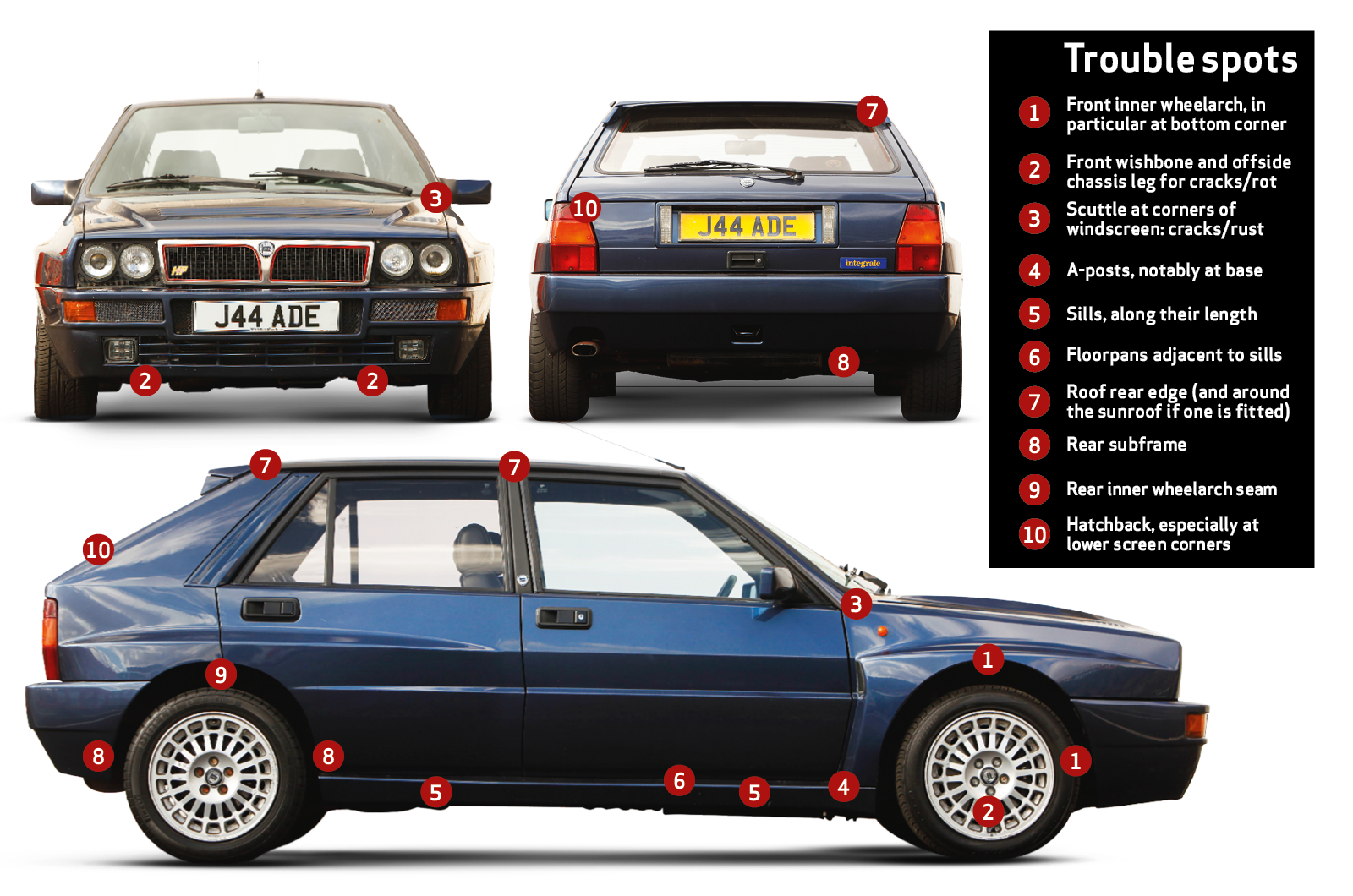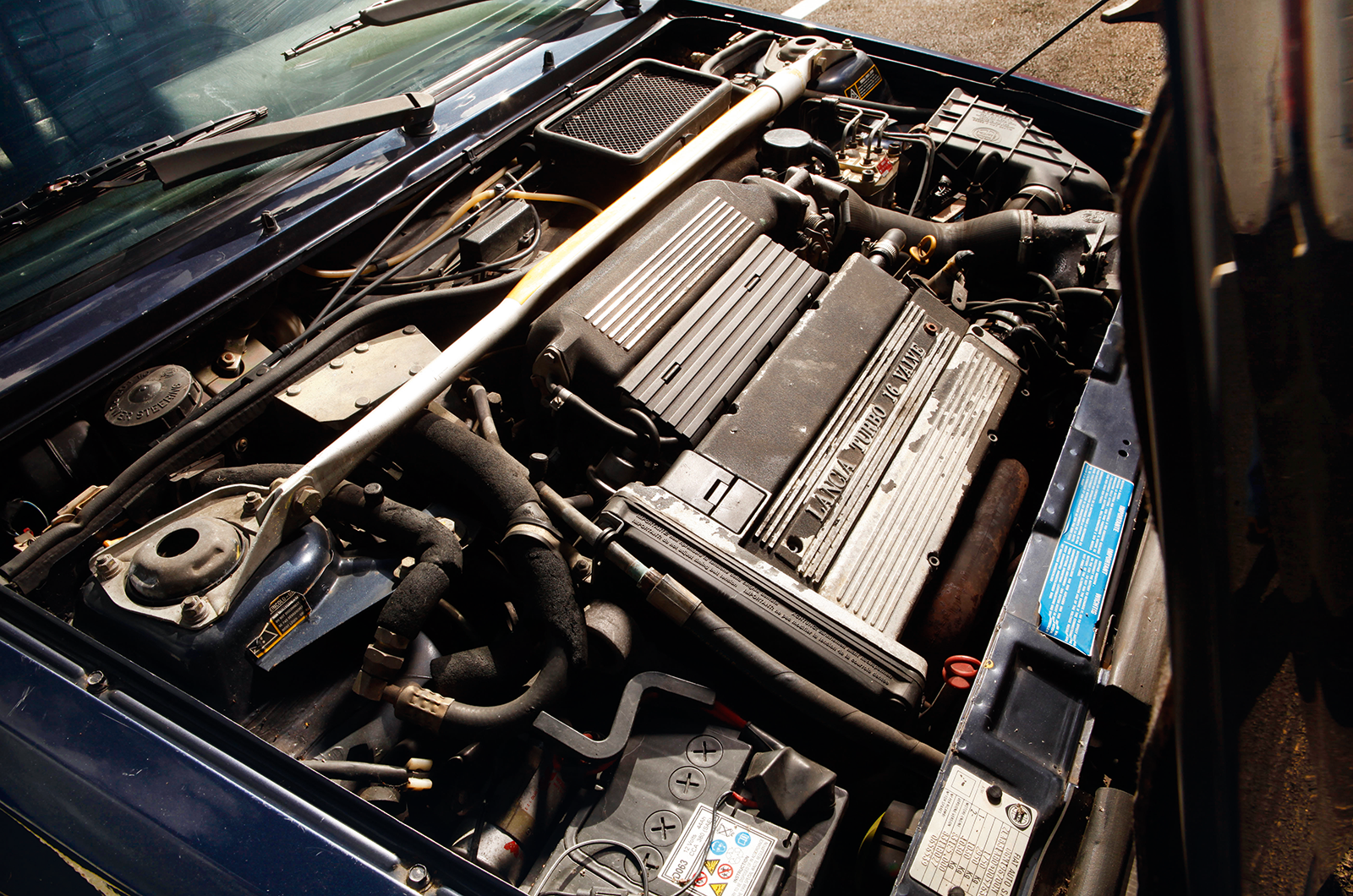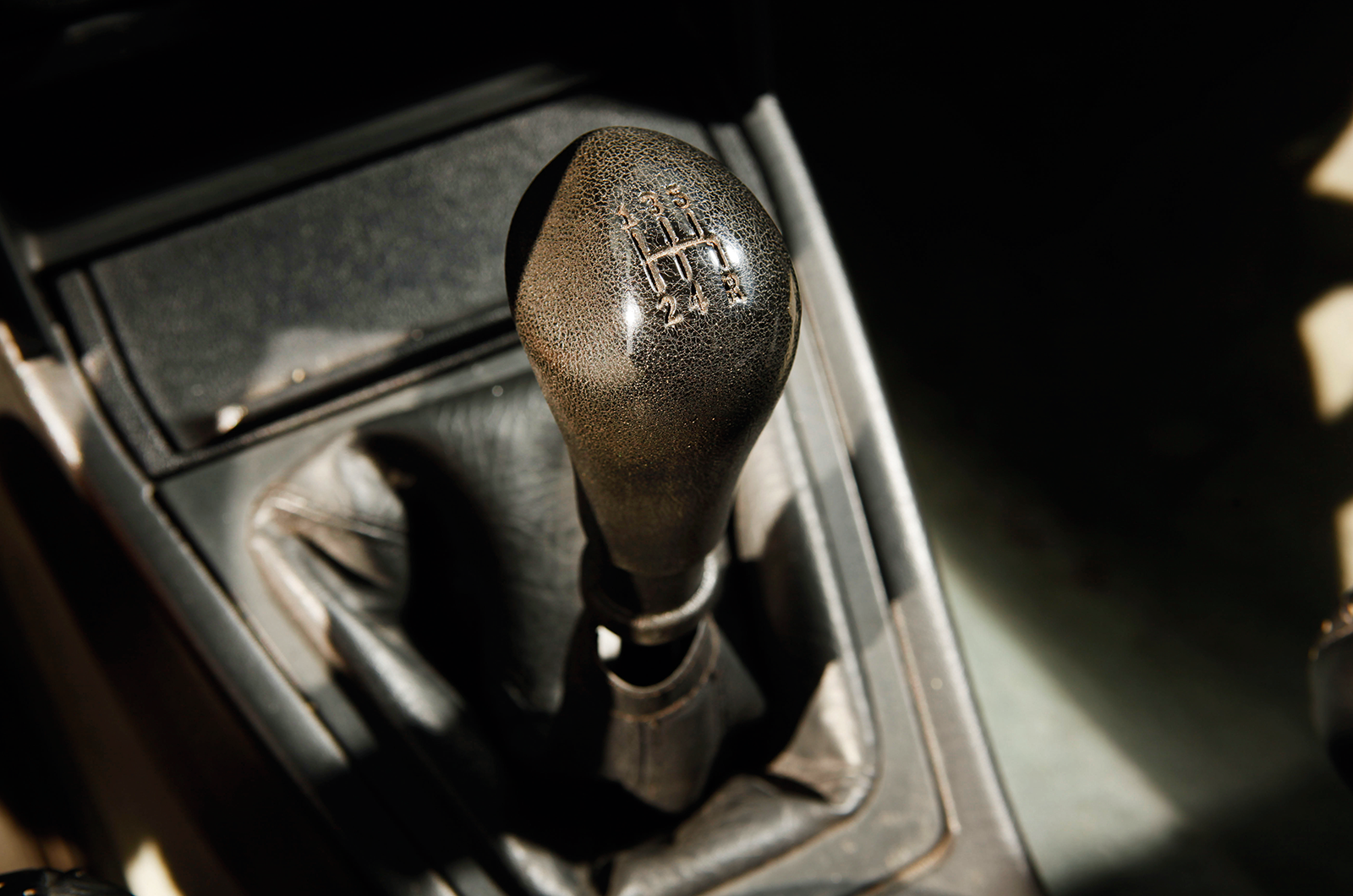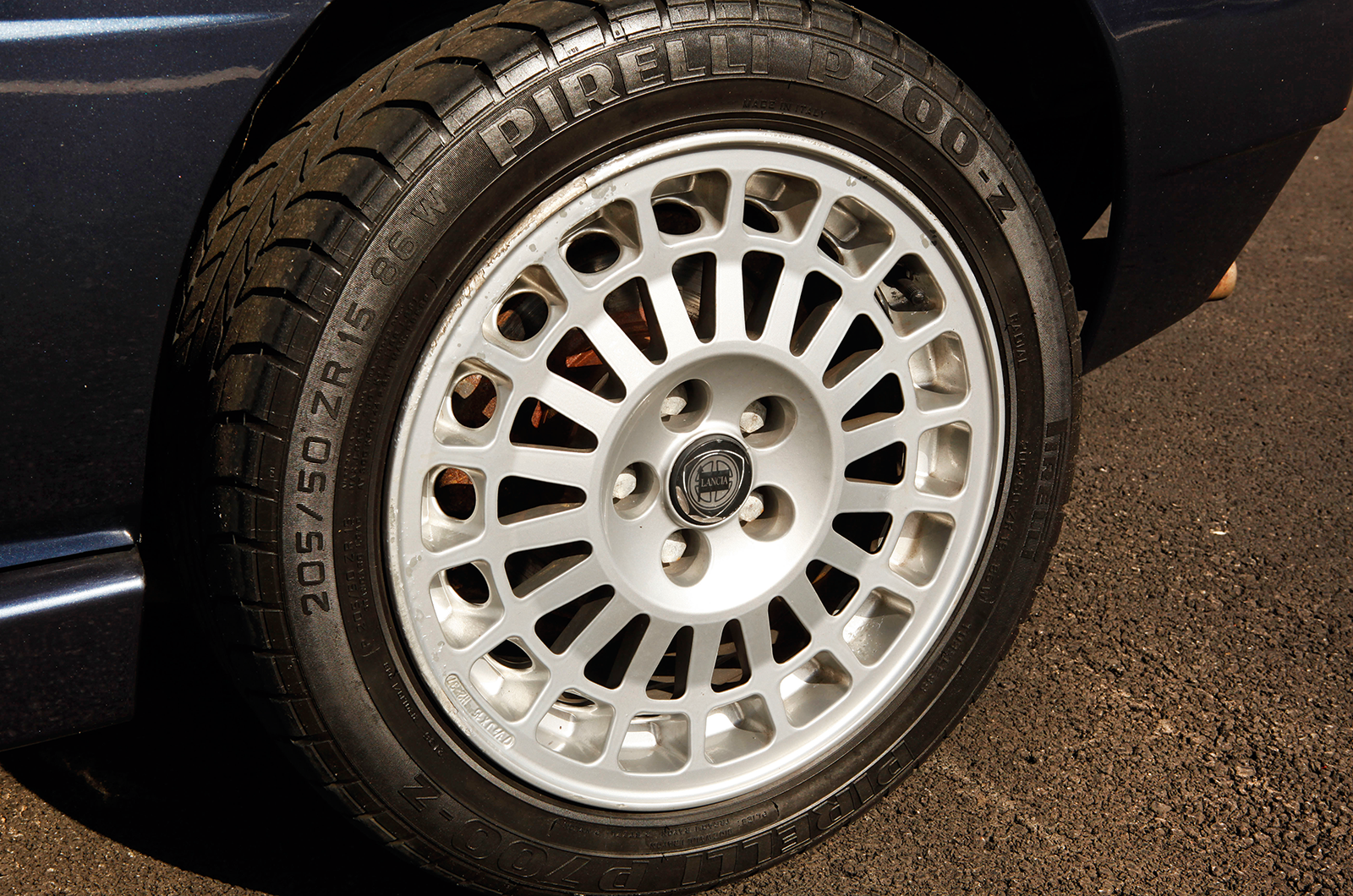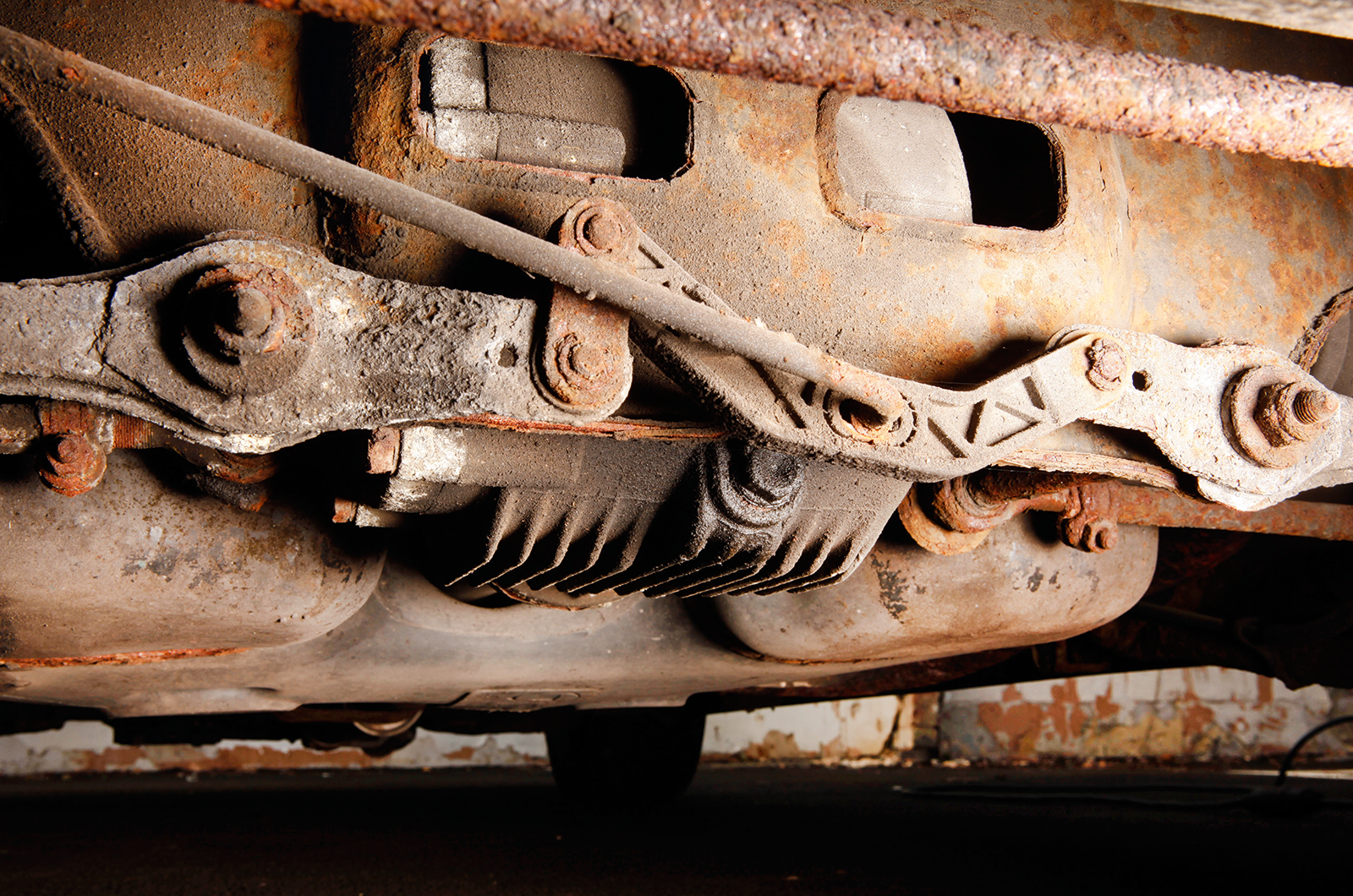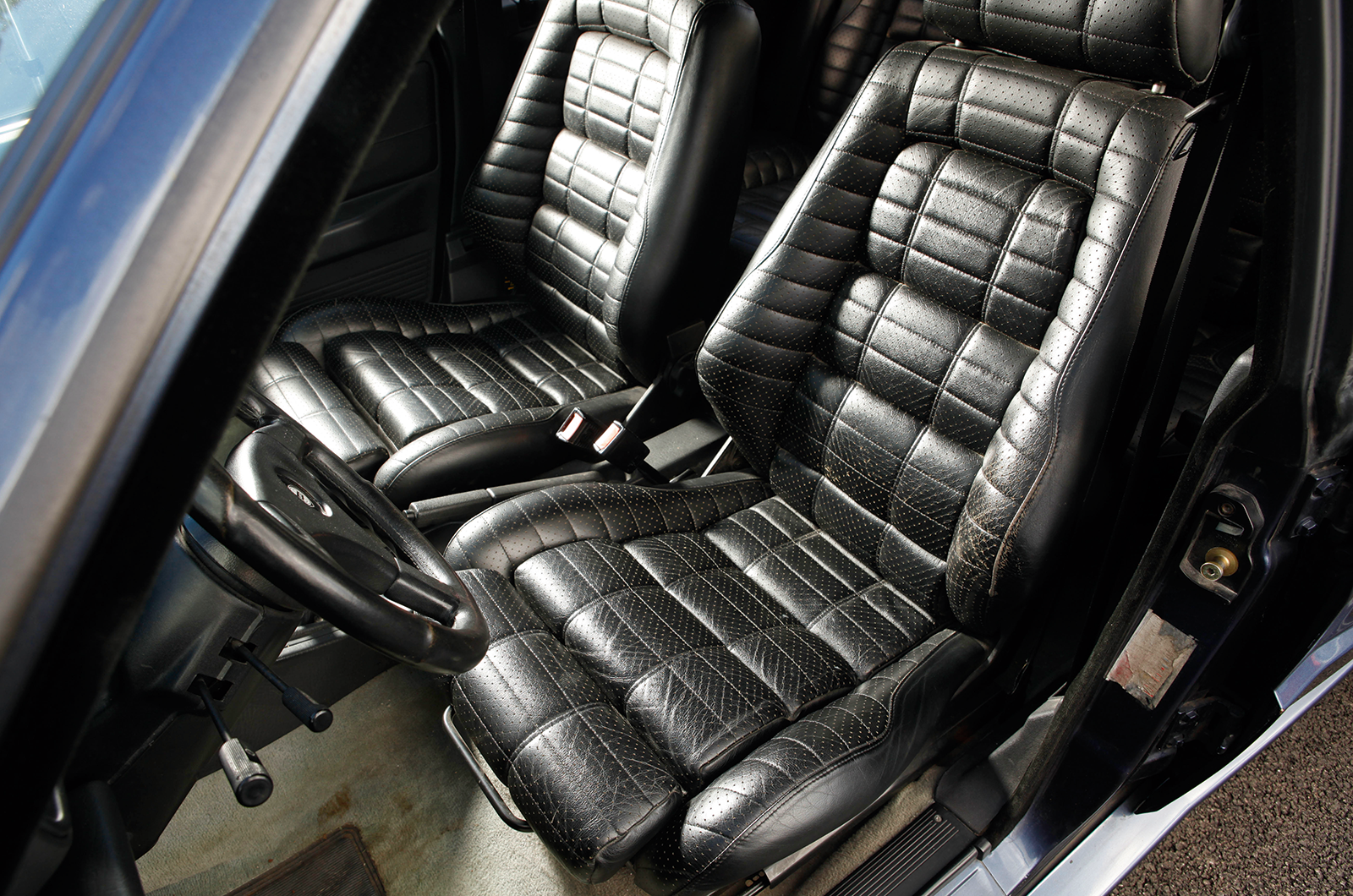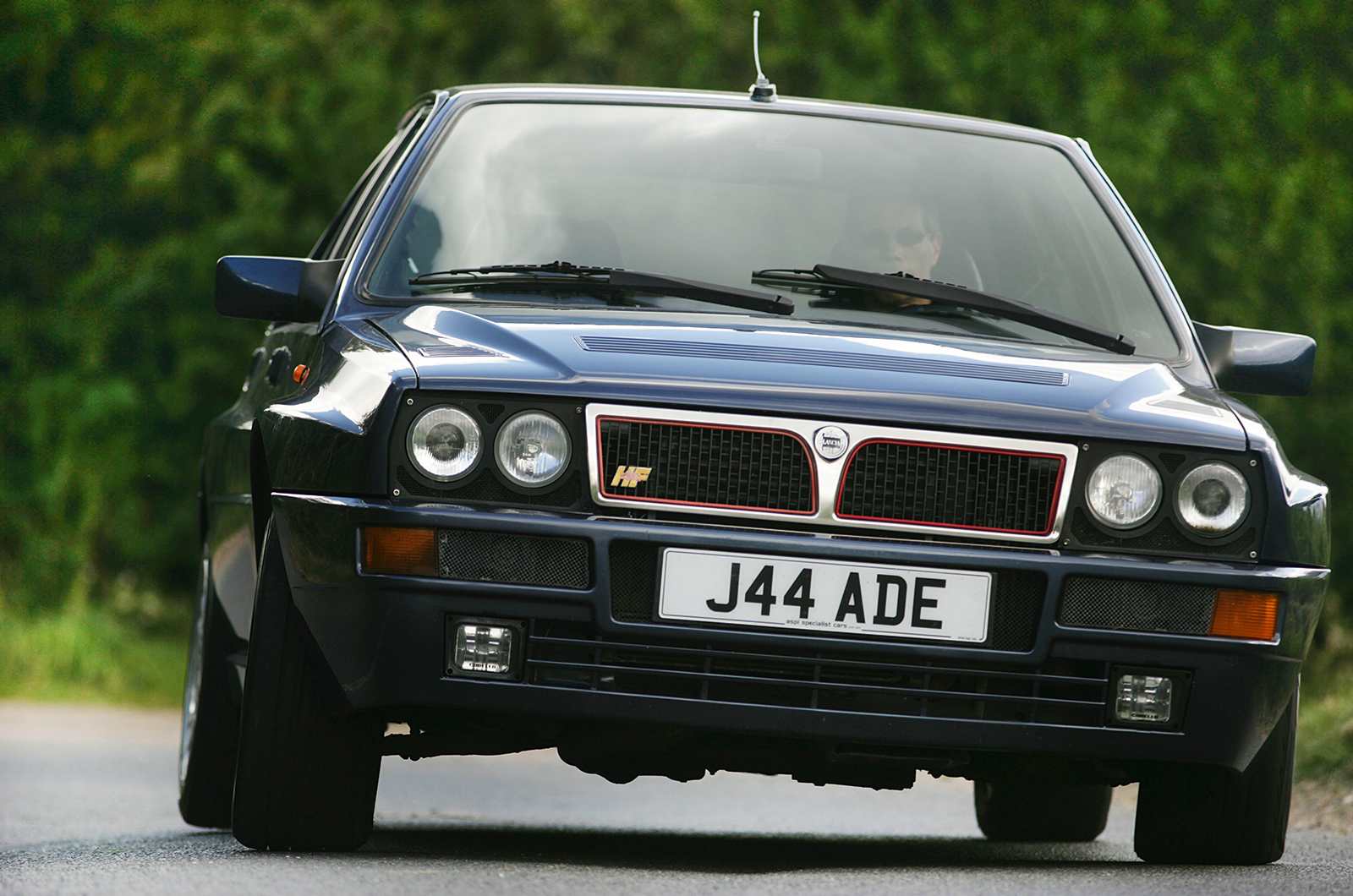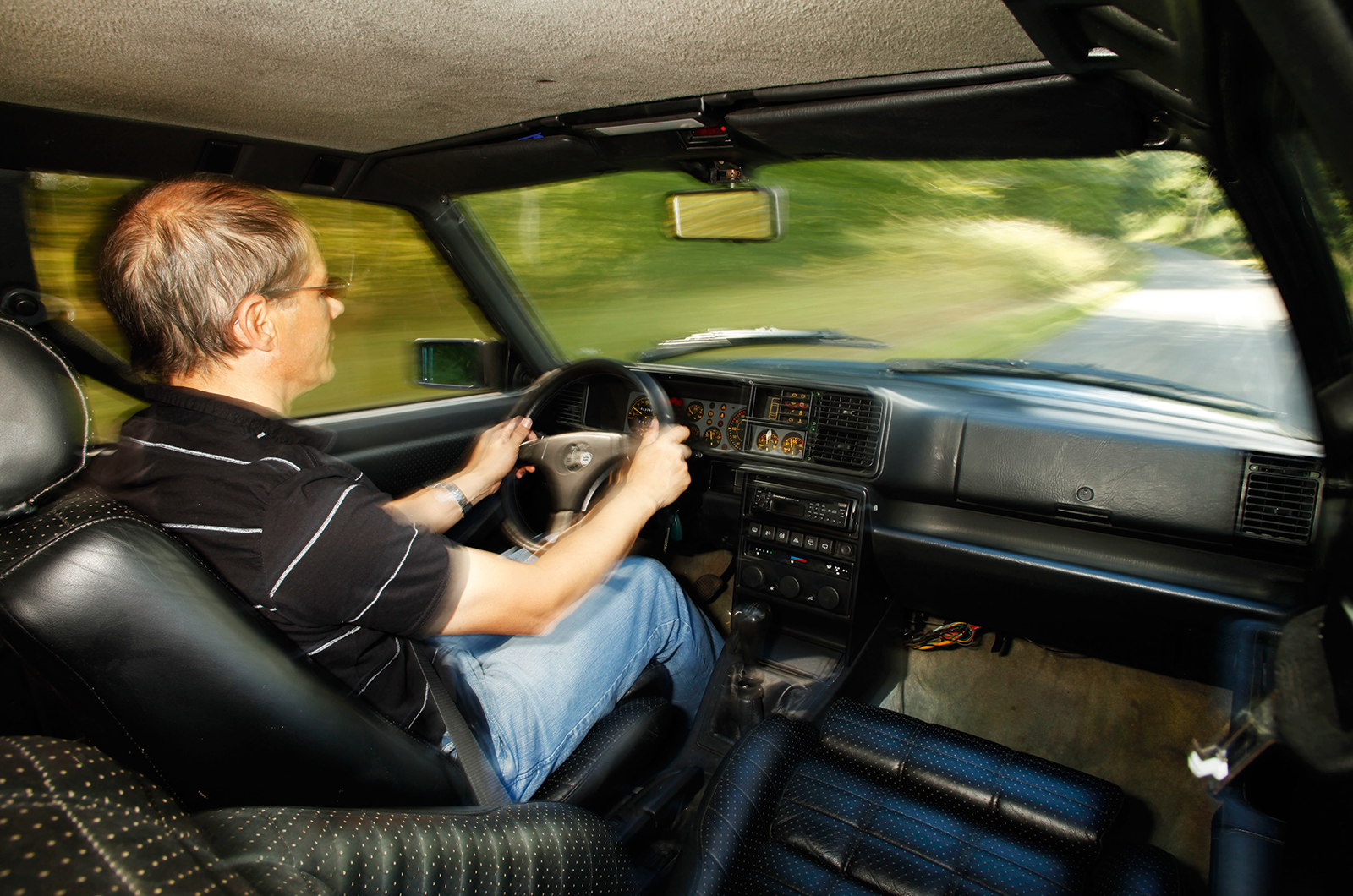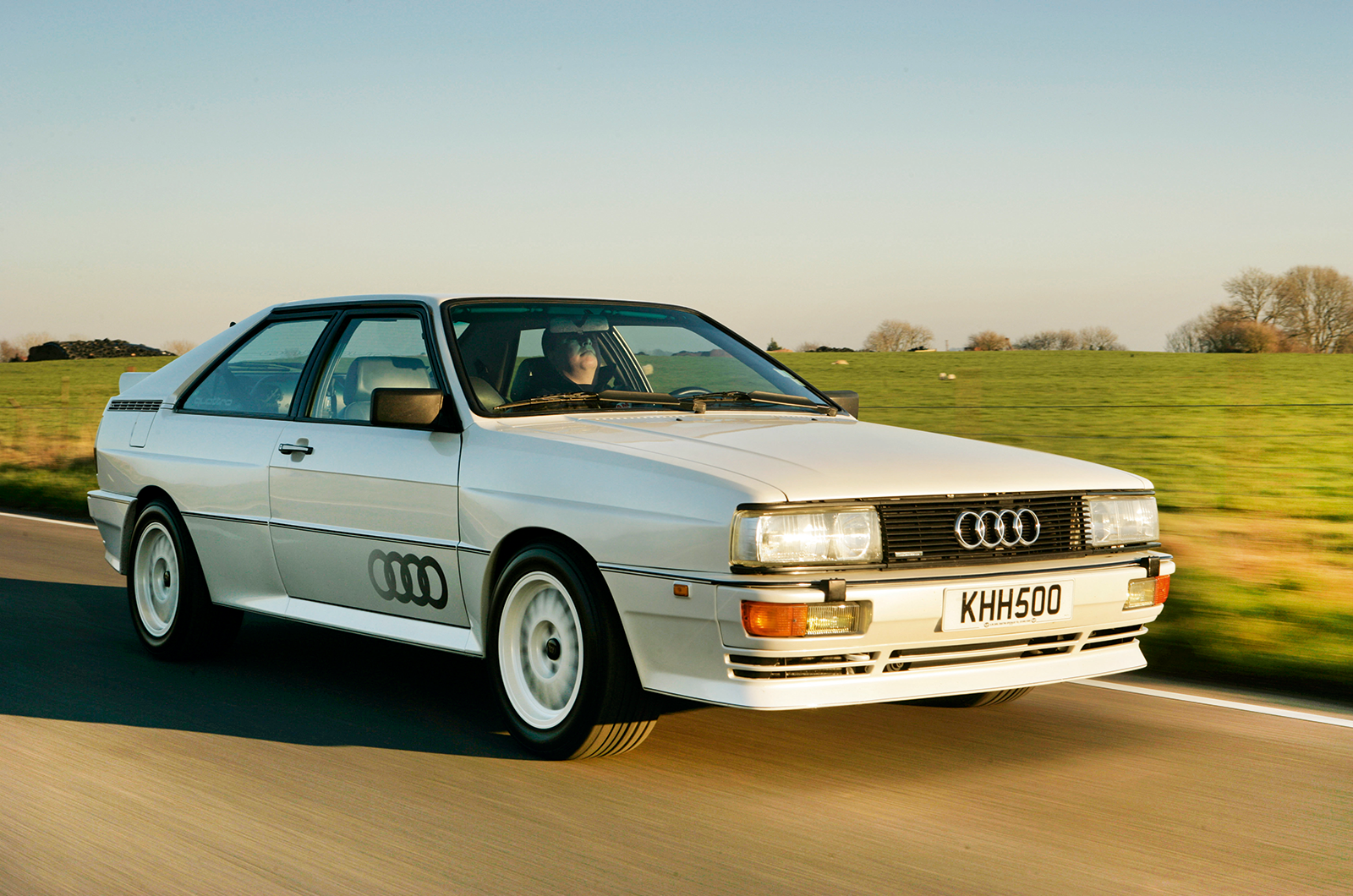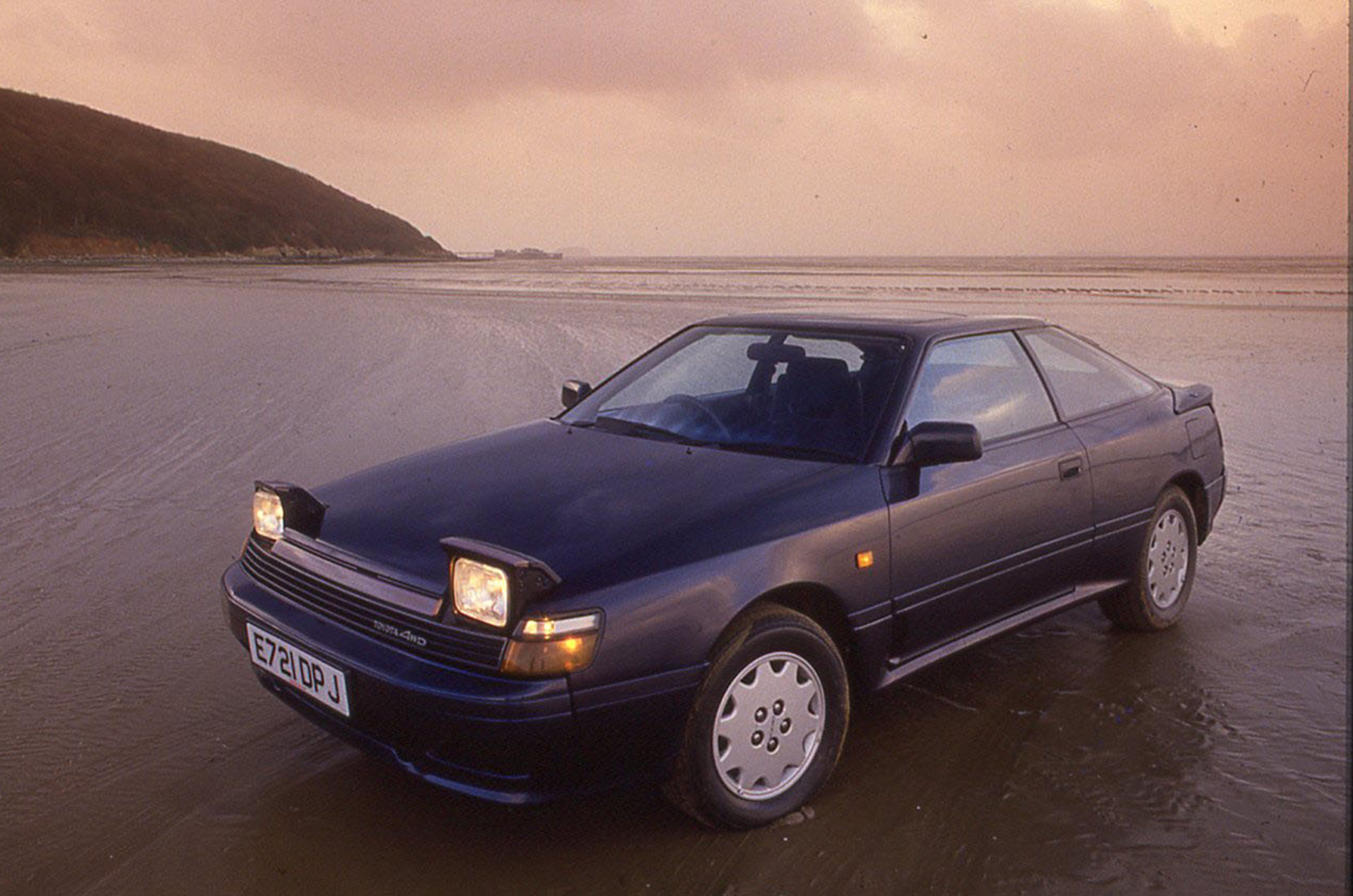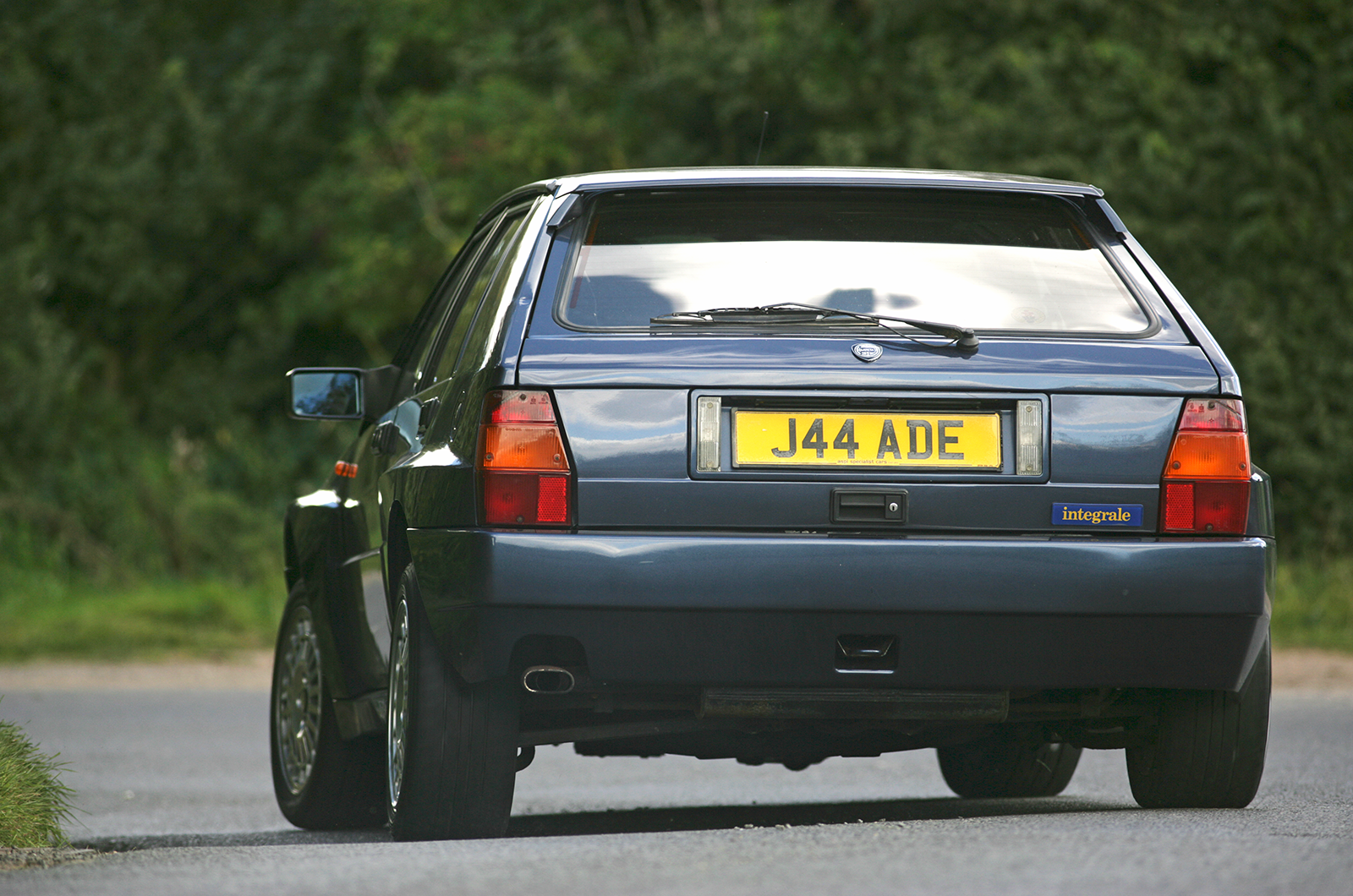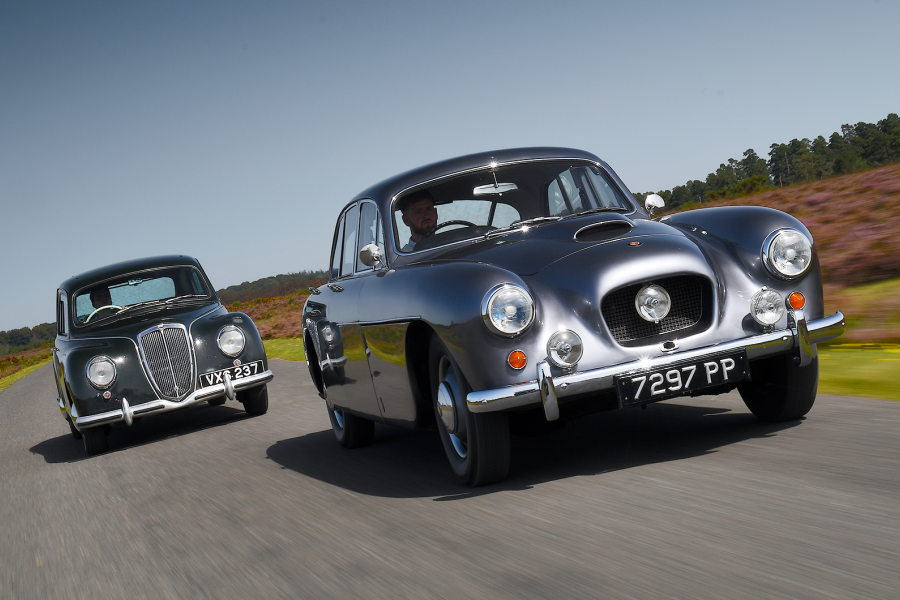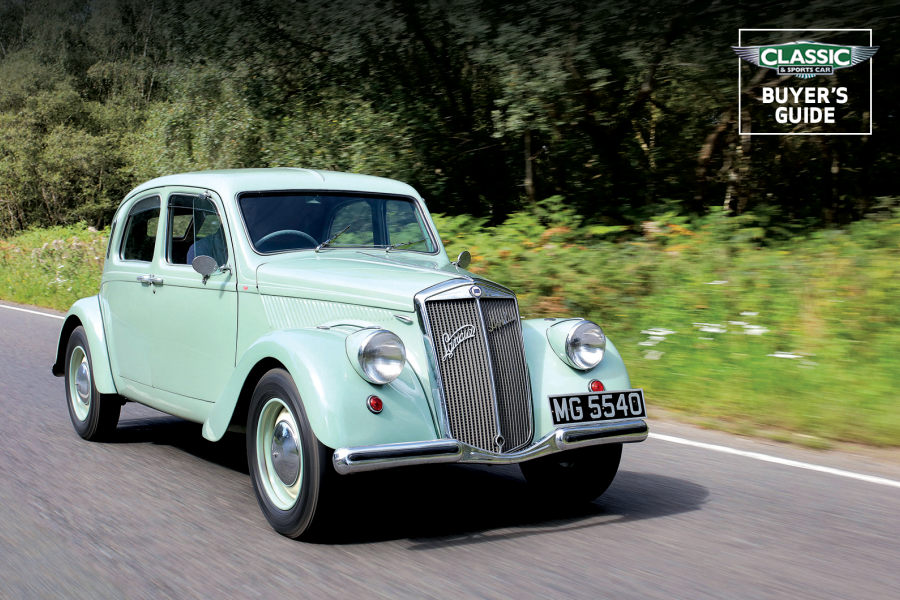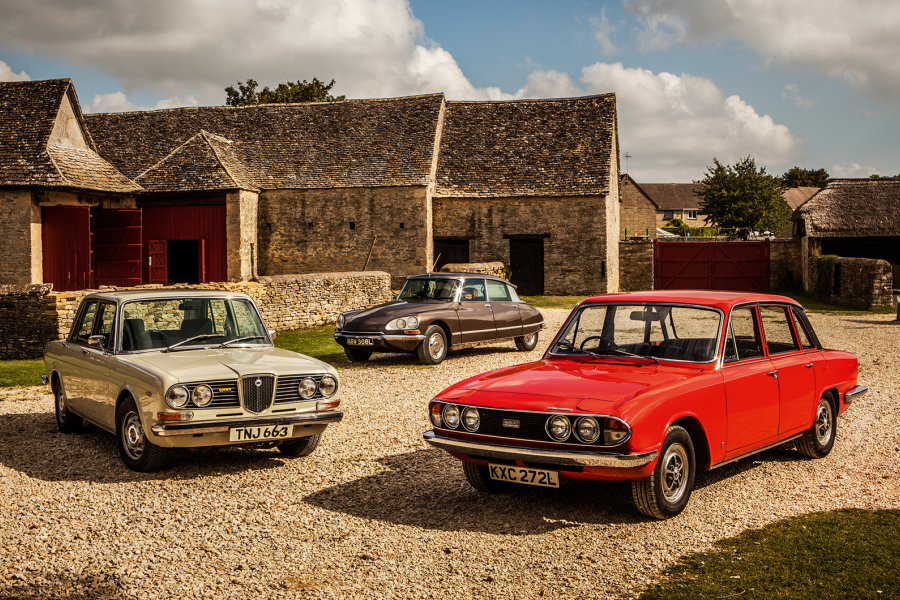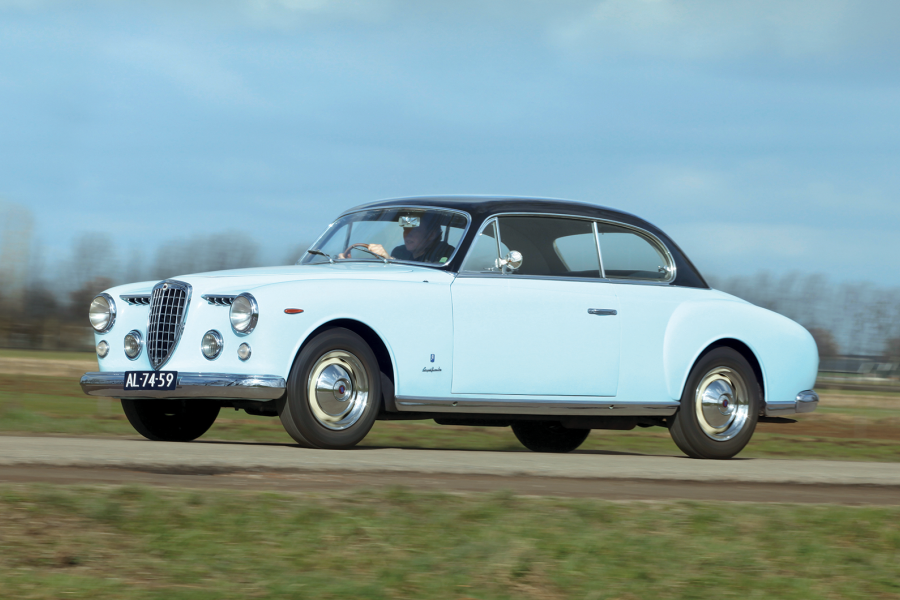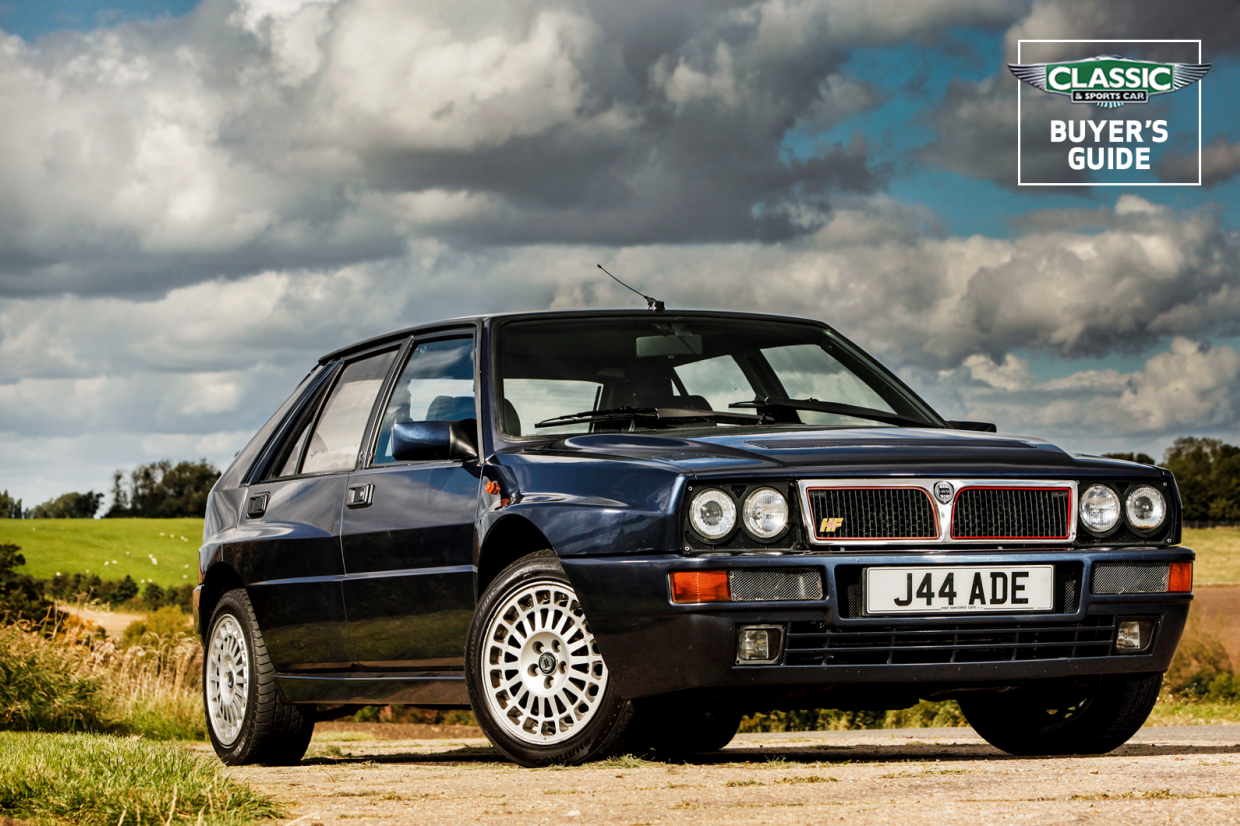
Why you’d want a Lancia Delta Integrale
When the four-wheel-drive Group A homologation Delta HF 4WD was introduced in 1986, there was little to distinguish it from regular Deltas other than the twin bonnet-mounted air scoops. This was a compact, four-door shopping car, with huge fun potential.
Lancia did the job properly, with sophisticated equipment such as the Torsen rear differential that, at the time, was F1 technology. As the car was developed, its looks became much more aggressive (and dated), but that performance and handling package was so alluring, who cared what it looked like?
Its results in the World Rally Championship say it all: the HF Turbo 4WD won in 1987 (GpA and GpN), the Integrale in 1988, the 16v in ’89, ’90 and ’91, the Evo in ’92. Lancia’s six manufacturers’ titles on the trot remains a record.
The car’s nature as a homologation special (albeit one built in far greater quantities than regulations required) meant that there were frequent spec changes, but that doesn’t mean there was anything wrong with the product in its earlier incarnations.
All are superb driving machines that are guaranteed to bring a grin to the face of any red-blooded driver – and the fuel consumption, though on the high side when driven hard, was no worse than period rivals.

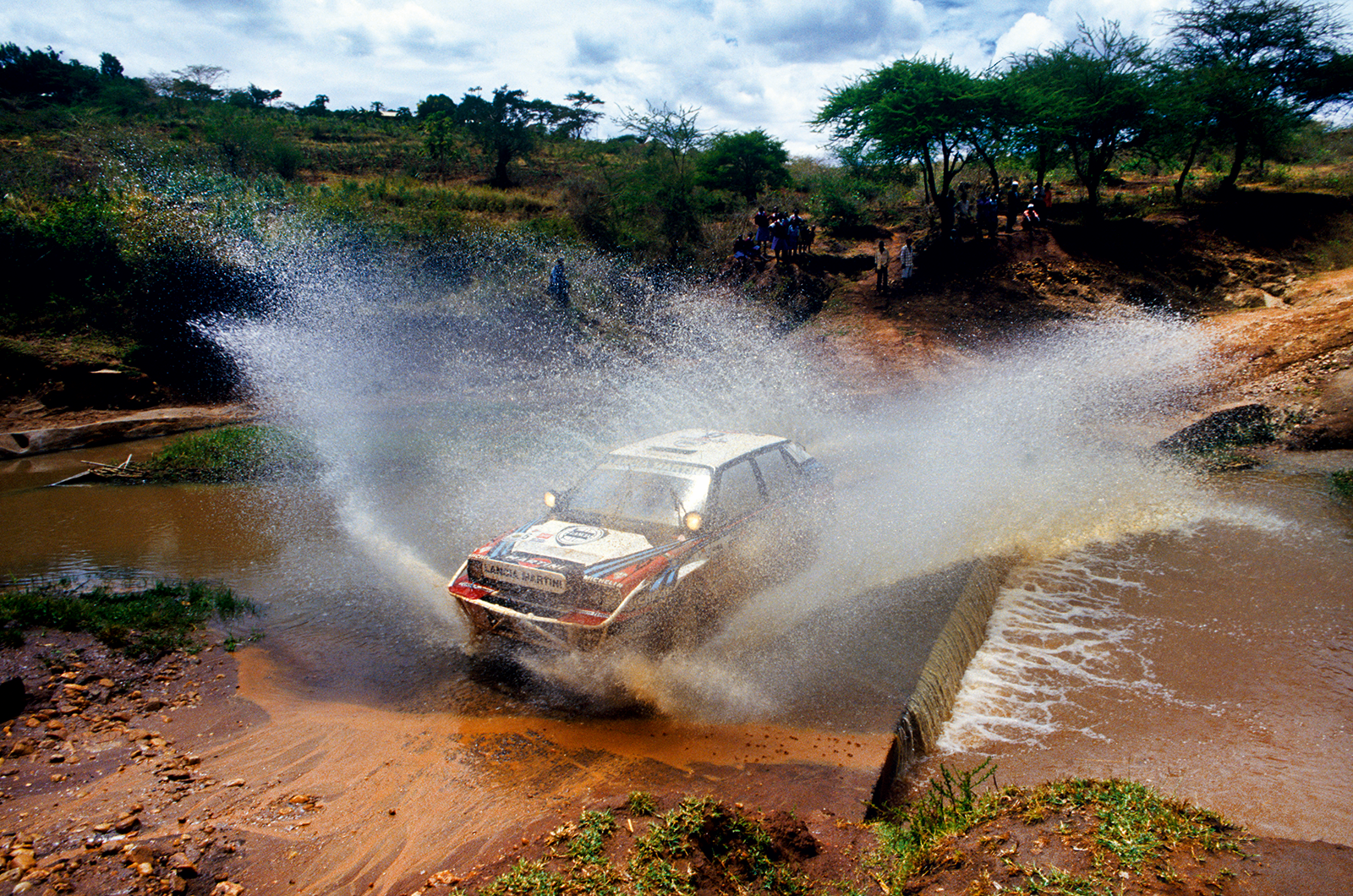
(l-r) Clean lines of Delta HF 4WD, which evolved into Integrale; Juha Kankkunen en route to winning the ’91 Safari Rally

